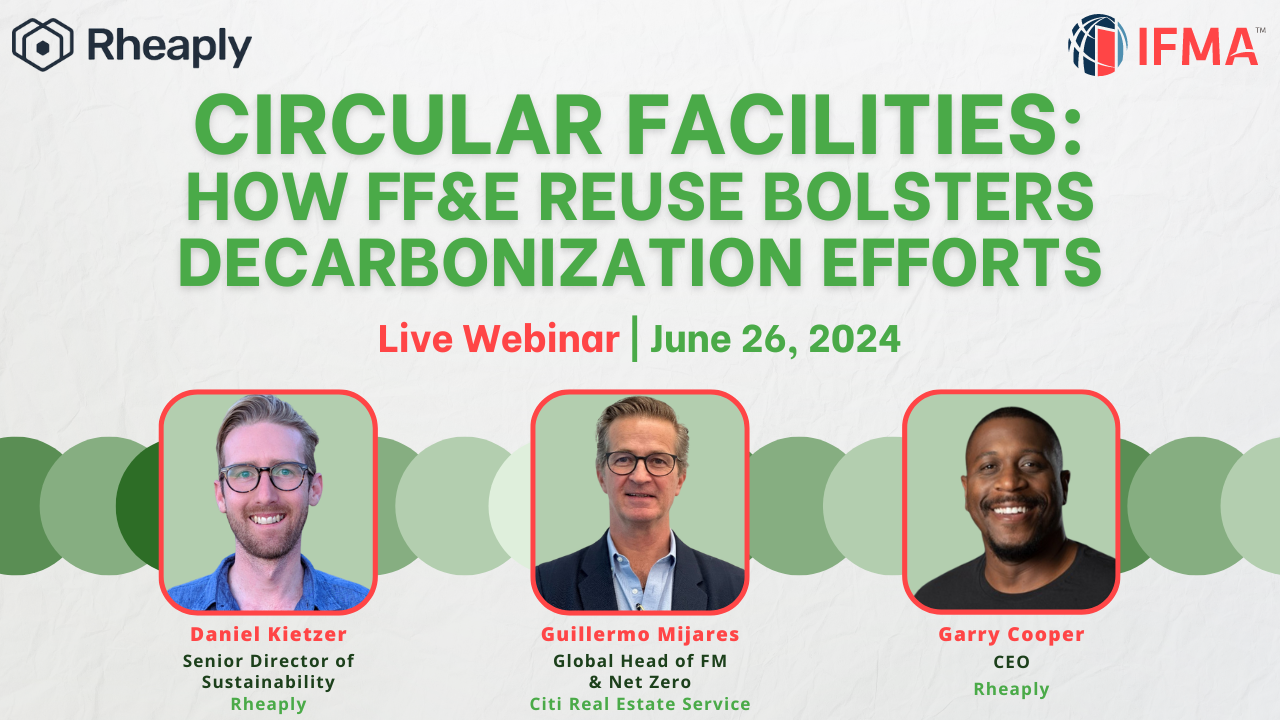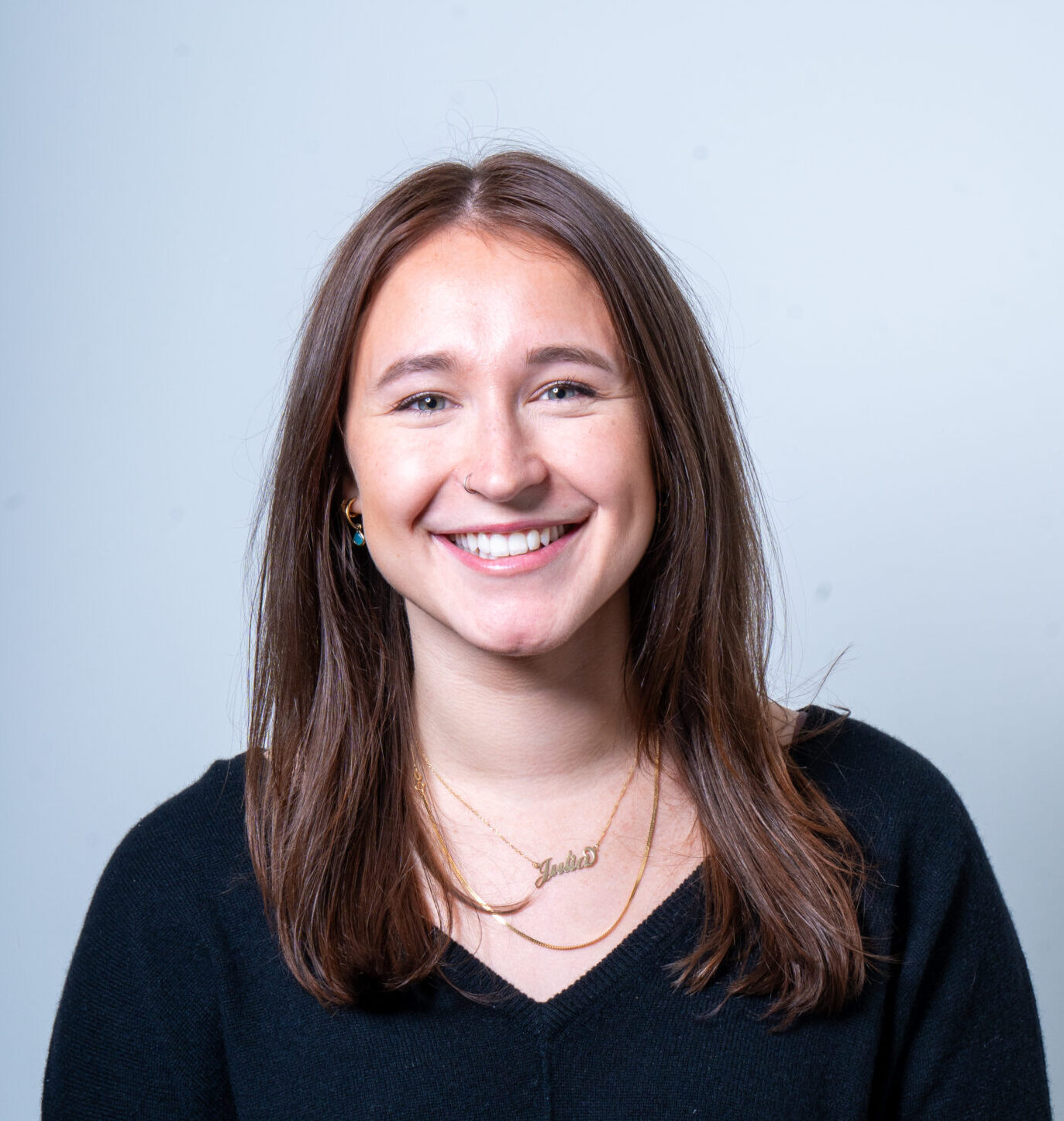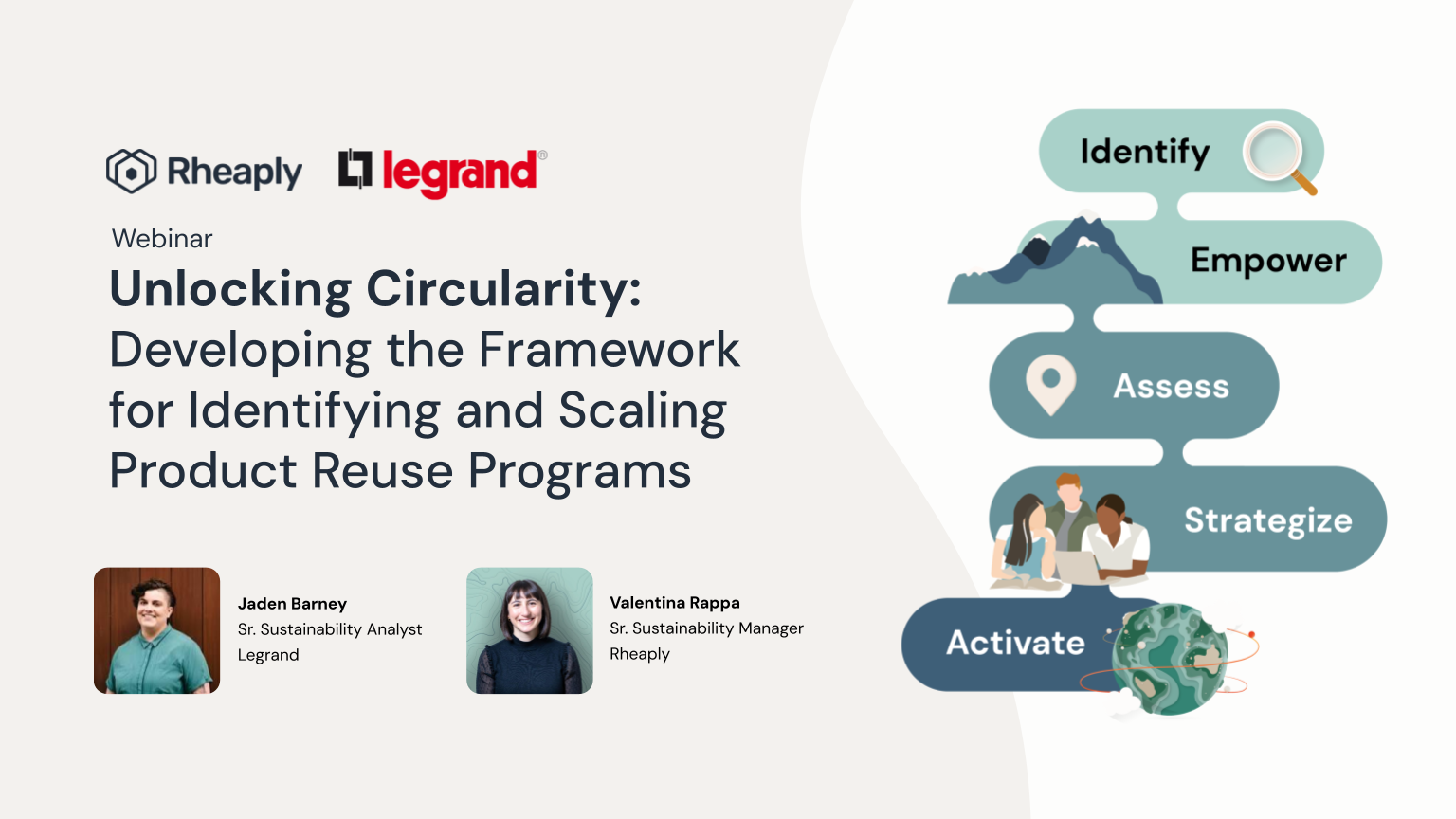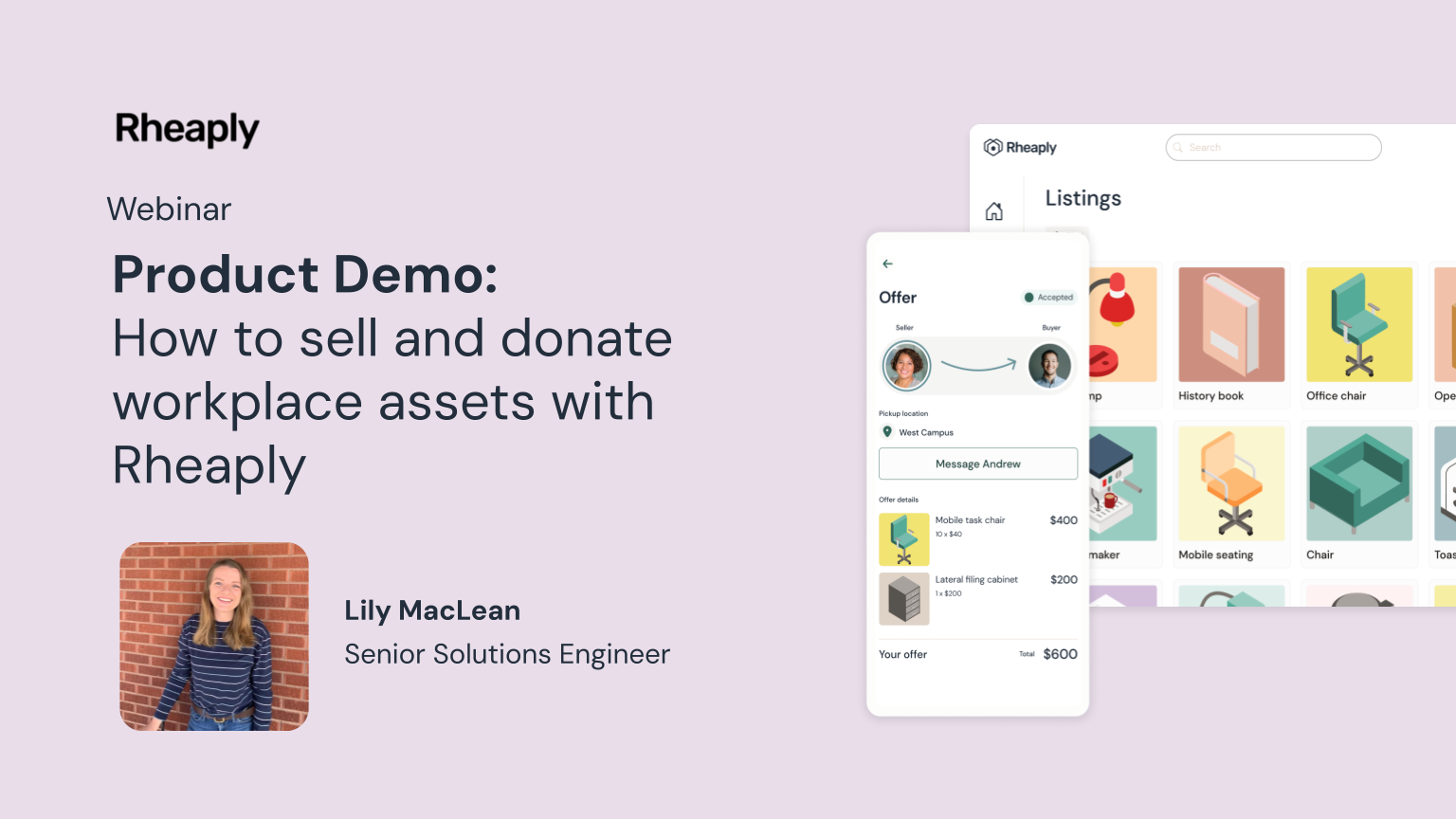Audio Transcript:
Hannah Debelius: Excellent. Next up, we have Suzanne Savanick Hansen, and Jessica Livingston from Allina Health. Thank you much for joining us, and take it away.
Suzanne Hansen: Thanks for having us. Next slide, please. So, we’re from Allina Health. We are in Minnesota. We have 90 clinics and 12 hospitals about an hour outside of the Twin Cities more or less. Next slide, please. We started a formal sustainability program in 2020 when Allina hired me, and we have a brand new climate action plan as part of that. We have a goal – subgoal of diverting 50 percent of our waste from a landfill or incinerator. We’ve had a long history of our staff people being very interested in waste reduction. I had heard anecdotal stories that especially when we have a clinic closure or renovation, we had quite a bit of material being thrown into the dumpsters that could be reused.
Next slide, please. I head heard about Rheaply from a colleague. Rheaply is an online platform that facilitates reuse for us across our clinics and hospitals and also with local nonprofit partners. And I had a clinic closing, and I convinced Dakota County, who had waste reduction grants, to let us try Rheaply as a pilot project because this fit our problem of not having an easy way to connect our sites that had excess material with ones who needed it. We’d done a survey. About 90 percent of our sites had things that could be reused across the system. This could also save us some money from not having to repurchase things that somebody else has in excess. So, next slide, and I’ll pass it off to Jessica.
Jessica Livingston: Thanks, Suzanne. So, when we first started the Rheaply pilot project, we really wanted to make sure that we could integrate this new platform into all the existing systems within Allina Health that had been previously organizing reuse projects. So, the first thing we did once we got the platform was to work with our interior designers to make sure we had a standardized list of what items can be reused internally and what items fit the Allina Health Standard, and which items should be listed for only external donation and not reused internally. So, working with our interior designers to develop that standardization was really helpful, so we could start identifying projects that had a lot of available items to be reused. So, we started with three different clinic closures and we uploaded I think it was about 100 items each for each of those clinic closures, things ranging from furniture to medical supplies to office supplies, really a large range of items with that first pilot project. Once we got those listed in the platform, we started working with Rheaply to develop staff trainings for our team at Allina, so everybody could understand how they could get access to the platform, how they could post items if they wanted to do reuse at their sites, and really how it was going to work with the current reuse projects that were already happening. We also worked on developing some educational materials which included some FAQ documents, a how-to guide explaining what can and can’t be posted and then facilitating things like pickups and deliveries and that sort of thing.
Next slide, please. So, our pilot lasted eight months and we had a pretty successful impact with just this eight-month pilot. We had almost $50,000 in cost savings from items reused which came from $85,000 in value identified and 786 items ended up being posted within this first eight-month pilot project, and two of the items are highlighted over there on the left. One of them was that exam table, and also a microwave that was able to be reused internally within another clinic, which was really cool to see. We had 156 users signed up, and over 6,000 pounds of waste diverted from our first pilot project. Next slide, please.
This is one of our sites that was really a star user within the pilot. They were able to make a lot of things happen and revamp some of their area with items that were going unused at other clinics. This was at our United Hospital Hastings Regina campus, and our River Falls area hospital campuses. And something cool that they were able to do with these items was to reuse cubicle modules and create a whole new workspace in an area that was formerly a storage space. So, it was really great to see this team get on the Rheaply platform, find all these usable items, and actually put them to use right away. Next slide, please.
So, after the success of the pilot, we decided to expand Rheaply system-wide all throughout Allina. To this date, we’ve estimated saving about 860 kilograms of carbon, which is equivalent to charging over 103 million smart phones. Right now, we have 781 users on the platform from Allina Health. We’ve been able to identify $226,000 in value and capture $107,000 in savings, which has led to 14,000 pounds of waste diverted from our reuse.
Next slide, please. This slide just shows how this fit into our circular economy within Allina Health. So, we have that $226,000 identified at the top left, which goes into the $107,000 that was able to be recaptured through successful reuse projects in the organization. Then 14,000 pounds of waste diverted from that. The system sustains itself from there. Once we identify more, we can recapture and reuse it, and put it back into that waste divergence. So, we really create a system that’s able to support our waste divergent goals through the organization long term.
Next slide, please. We also had a really good success with connecting with some external donation partners. Right now, we’re connected with 16 different nonprofit organizations in the Twin Cities. Some of them include Bridging Matter, and the Salvation Army, and then we’ve been able to divert almost 3,000 pounds through these local donations.
Next slide, please. When we started the reuse project, we came across a couple challenges which was staff uploading materials because people weren’t super familiar with the platform at first, and they didn’t fully understand how it worked. So, developing trainings on how exactly to use it was really helpful with that, as well as having that guidance of what items are standardized and what can be reused internally, versus what should be posted only for donation. We also had a couple challenges centered around connecting with donation partners locally, was a bit of a challenge at first too. But we’ve been able to get into a good community here at the Twin Cities area. Then coordinating pickups for big items was a bit of a challenge at first, but we were able to develop a delivery system that kind of helped with coordinating some of those big reuse projects. Next slide, please.
And then finally, our next steps for this project are to continuously identify more projects for reuse and improve some outreach which includes the Rheaply Reuse Ambassadors Program where people at sites can become reuse ambassadors, which basically means they’re the point of contact for reuse at their sites. Then continue outreach and training and spreading the word and telling our story. Next slide, please. That is all we have for you today. Thank you.
Hannah Deblius: Great. Thank you so much Jessica and Suzanne. We appreciate that. That’s a really interesting tool. I haven’t seen something like that before.


 by Julia Nagel-Mayberry
by Julia Nagel-Mayberry 
